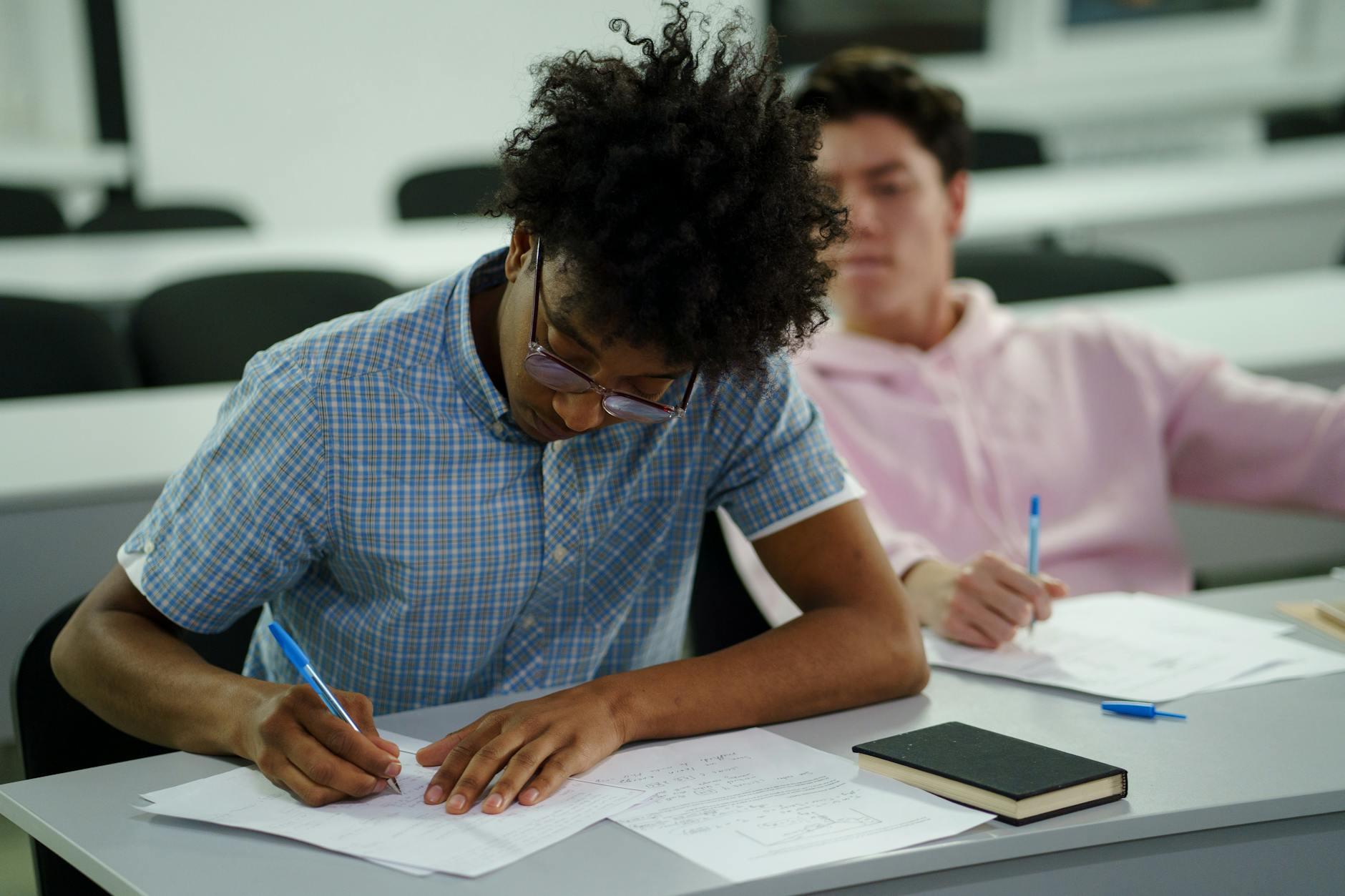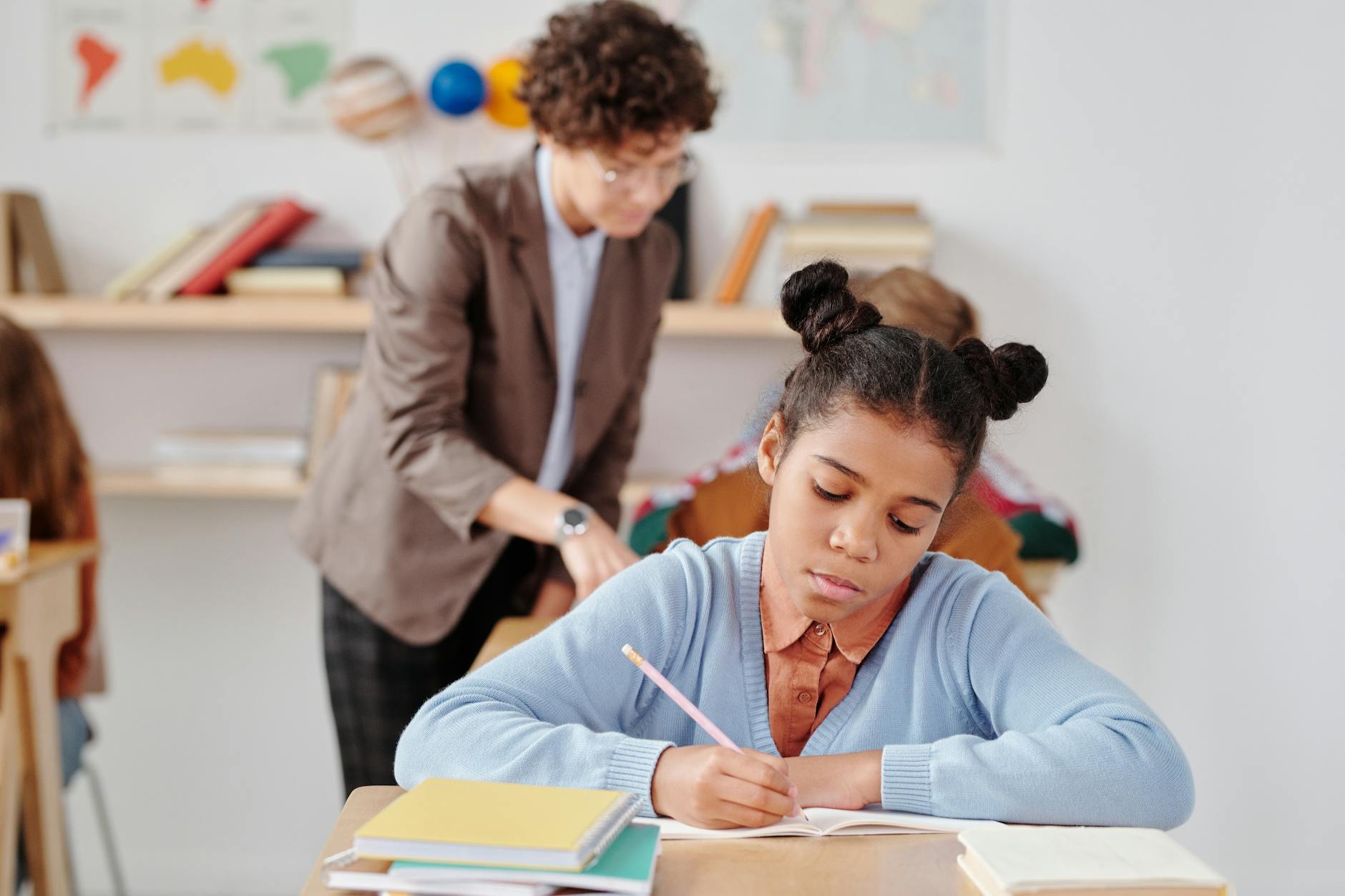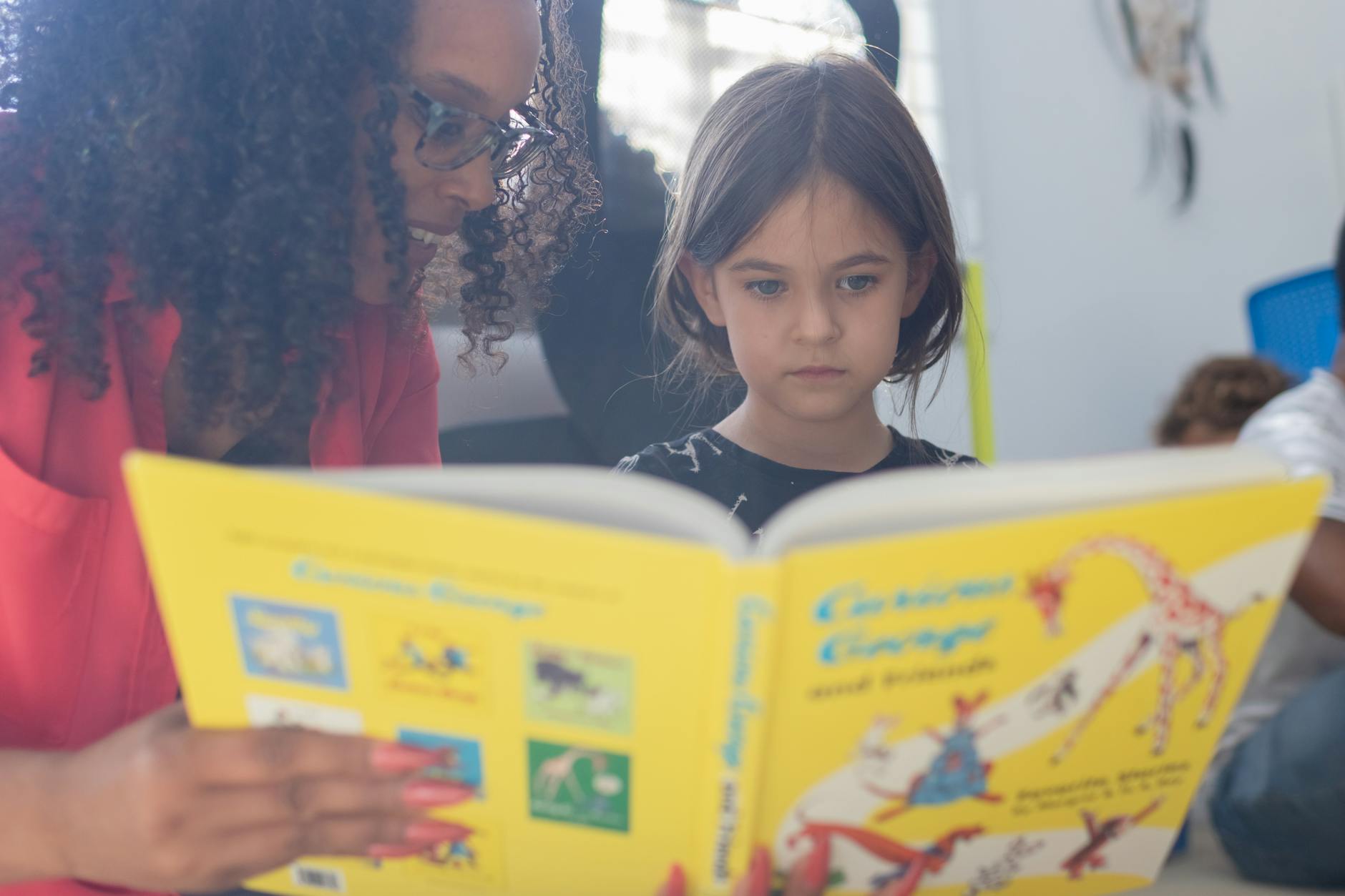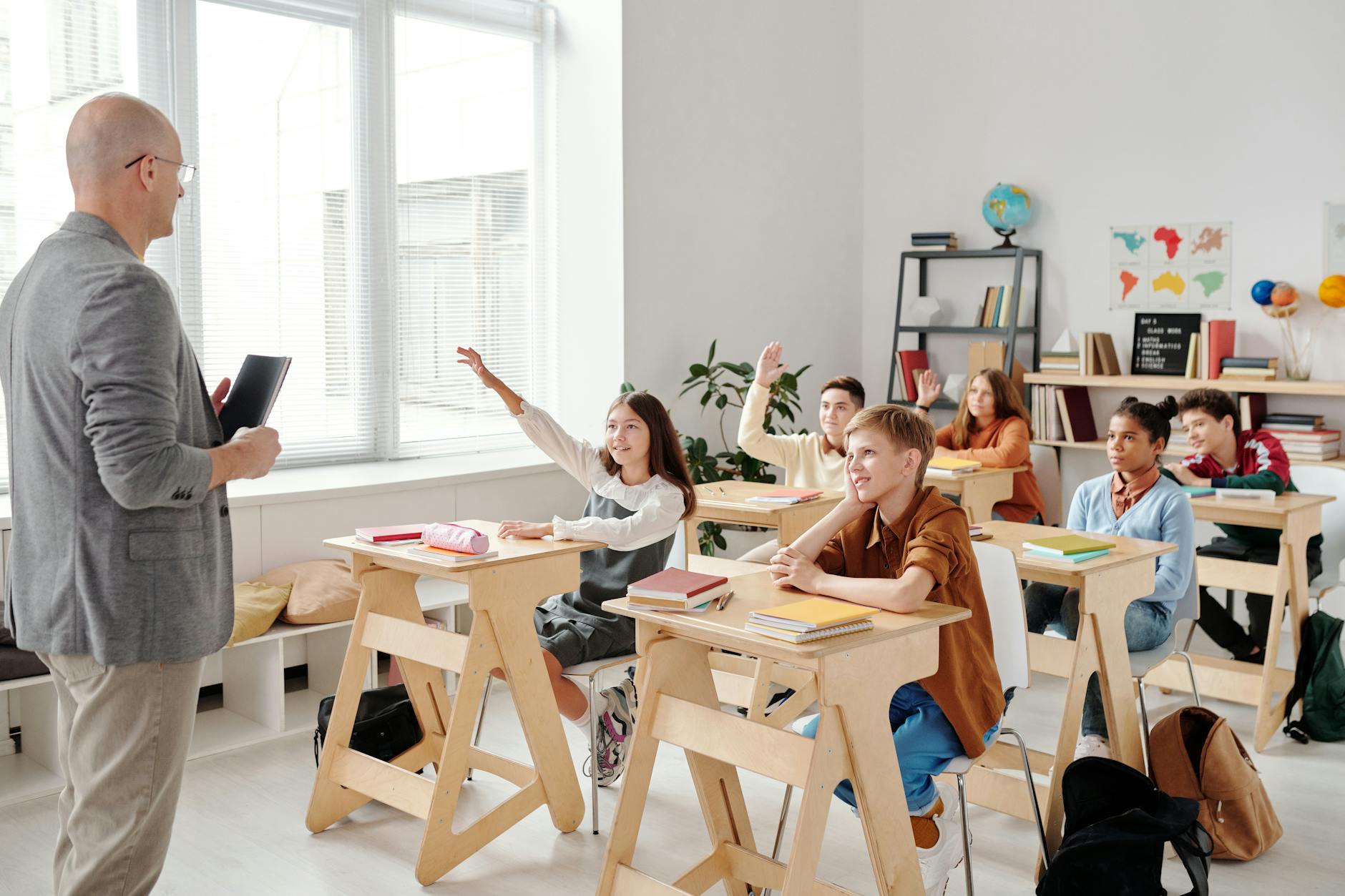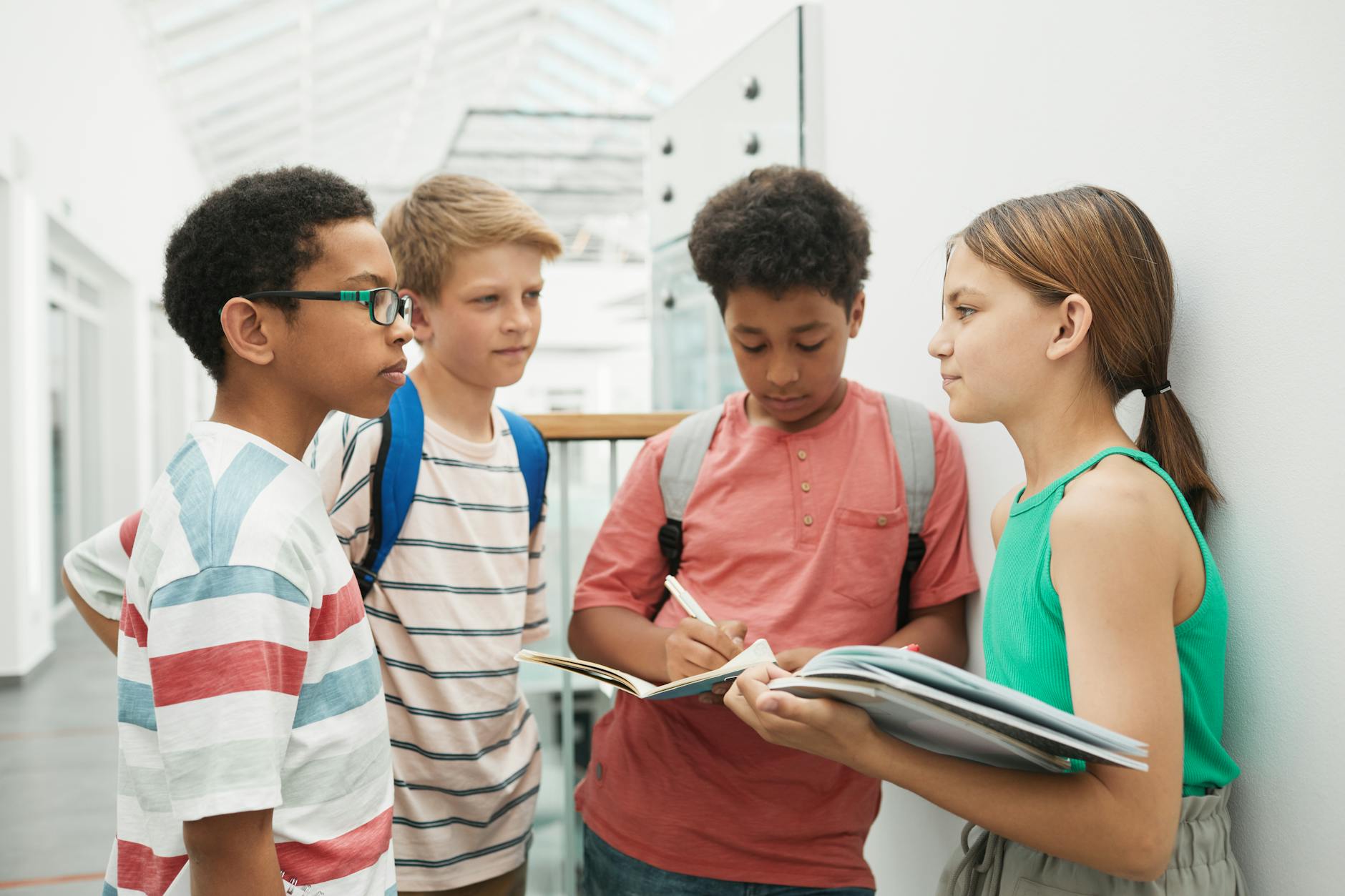A Talk Time Toolkit to increase conversational skills for children with communication challenges
The big picture:
Conversation skills are functionally very important for friendships, school success, community inclusion, and participation in many activities of life. But many children with communication challenges participate in conversation primarily by answering other people’s questions with very short (sometimes single- or two-word) answers.
What can help: conversation-based language therapy
A large and growing body of research shows positive effects of conversation-based interventions on the language development of:
- autistic children;
- children with Developmental Language Disorders and other language delays and disorders; and
- children with severe motor speech disorders who use augmentative and alternative communication, e.g. speech generating devices.
Where to start:
Let the child choose a visual prop or prompt linked to something they want to talk about, e g.:
- photographs of different events (e.g. parties, excursions, holiday or day trips, etc.);
- favourite picture books, videogames, iPad apps, or YouTube clips;
- visual oral recount scaffolds linked to common life events, activities of daily living, or strong emotions; and
- conversation starter prompts linked with functional life domains or activities (e.g., family, friends, health and fitness, fun activities, preschool/school, future goals).
What to do:
- Ask the child open questions (e.g. “What happened that day?”, “Tell me about a time you did [activity]”).
- Give the child lots of time to respond.
- As soon as the child responds, affirm and recast their answers using grammatically correct and complete sentences (see further reading links for more details).
- Optionally, use explicit instruction and prompts (words and gestures) to encourage the child to reformulate their original utterance following your example. (This might be helpful for children with very severe expressive language challenges.)
- Ask the child for further information using question prompts (e.g. who, what, where, when, how and why prompts), and/or a visual scaffolding (e.g., first, next, then, finally cues).
Targets:
Focus on recasting (saying) language elements that help children combine words and speak in grammatically complete sentences:
- Verbs (e.g. ask, know, go, come, put, let, bring, take, buy, give, have, turn, get, make, find, call, remember, stay, touch).
- Personal pronouns (e.g. me, my, you, your, he, him, his, her, she, it, they, them, their).
- Bound morphemes (e.g., plural -s, third person -s, -ed, and -ing).
- Adverbs (e.g. again, now, here, more, there, very, after).
- Prepositions (e.g., in, on, with, of, for, out, at, up and over).
- Determiners (e.g. the, that, a, an).
- Conjunctions (e.g. and, but, so, because, if, while).
- Question words (e.g. who, what, when, where, how, why).
- Functional nouns (e.g. friend, game, morning).
Read more:
9 ways to improve conversational recast treatments for young children with language disorders
Go deeper:
Soto G, Clarke MT. Effects of a Conversation-Based Intervention on the Linguistic Skills of Children With Motor Speech Disorders Who Use Augmentative and Alternative Communication. J Speech Lang Hear Res. 2017 Jul 12;60(7):1980-1998. (Open access).
Tool to try:
Talk Time Toolkit: Visually Scaffolded Personal Recounts & Functional Conversation Prompts to increase conversational skills and social inclusion for children with communication challenges.
Take action now:
Click here to download our tool!

Hi there, I’m David Kinnane.
Principal Speech Pathologist, Banter Speech & Language
Our talented team of certified practising speech pathologists provide unhurried, personalised and evidence-based speech pathology care to children and adults in the Inner West of Sydney and beyond, both in our clinic and via telehealth.



